Lines have strength, clarity, and simplicity. They are the most basic form of communication within a drawing.
Most well-thought-out drawings always begin with the powerful persuasion of line, even at the most basic level. For example, a diagonal line expresses action, movement, or motion. It can be perceived as either rising or falling and is dynamic. Think of a forest. Right before it hits the ground, a falling tree can be communicated a diagonal among a sea of other trees, the vertical straight lines.

|
| Falling Tree |
Terminology
Direction - Horizontal, vertical, diagonal, radial, curved, squiggly, implied, or psychic.
Length - Long, short, continuous, or broken
Width - Thick, thin, uneven, or tapered
Qualitycomes from how we draw the line, i.e., gestural, quickly, confidently, or carefully; robust and bold mark vs. weak mark. Dark, highly contrasted mark vs. light or little contrast mark.
Focus comes from edges, which can be sharp, firm, soft, or lost. Note that we often perceive natural lines as changes in color, value, or edges.
Types
Blind Contour - Blind contour drawing is a drawing exercise, where an artist draws the contour of a subject without looking at the paper.
Contour - are drawings with lines that go around the shape or form and provide two-dimensional information on the form.
Cross-Contour - are drawings with lines that go across the form and may provide three-dimensional information on the form.
What is the Job of Line?
Diagonals are emotionally "active," meaning they engage the viewer because it is a freeze-frame of motion that has occurred or is about to happen. In contrast, a horizontal line is emotionally "passive." It puts the viewer at ease and suggests a lack of motion, stillness, or even a sense of order. Think of the horizon of a sunset or a figure lying down.

Contour & Form
A contour is defined as an outline, especially one representing the boundary of a shape.
In the drawing, we use lines to describe the edges of a particular object. We also use lines to communicate where there is a higher contrast in tone or value.
A form is the visible configuration of a shape within a spatial context. Shapes are flat. Forms communicate where objects are in space with regard to the viewer.
A cylinder, for example, appears as a rectangle when viewed at eye level. However, when the viewer changes their position and looks down upon it, the boundaries change from straight lines into curves.
We can also use a cross-contour line within the object to further communicate this idea. It defines the cylinder's top plane.

Direction
Is a course along which someone or something moves.
Lines may lead a viewer's eye throughout the composition or two-dimensional space.
Division
Is the action of separating something into parts or the process of being separated. A dividing line may limit an area or force a divide in space.
A border, grid, or rectangle may be used to organize objects on a page in a drawing or help the draftsperson plan out a composition.

Decoration or Rhythm
Lines may also create a sense of rhythm, a strong, regular, repeated pattern of movement that visually affects the viewer.
Lines may also be ornamental, such as decorations or motifs. For decorative purposes only, these lines are sinuous, graceful, cursive lines inspired by flowers & plants, typical of the Art Nouveau style.

Hatching or Tone
Lines close together produce a tonal gradation, shade of gray, or a single tone, depending on how close the lines are together. These can be loose and gestural or structured and controlled.


Pattern
Lines that repeat predictably create patterns.
They are pleasing to the eye or may have a chosen effect on the viewer.
Patterns can be radial or linear, depending on the type of lines.

Texture
Lines that do not repeat predictably create the appearance of a texture or a textured surface.

Schema
Or sometimes referred to as a 'schematic,' it is a representation of a plan or theory in the form of an outline or model.
A schema may serve as a structured framework or armature to build a drawing or other lines.
When drawing symmetrical objects, a schema or construction line guides the draftsperson and will help them to determine or correct the proportions of a symmetrical object.
Construction lines, such as using an imaginary box around an object, may help the draftsperson determine how an object turns in space.

Symbols or Text
Lines may also create symbols or text within a language, which articulate thoughts, memories, or ideas without speech.
Most are familiar with Egyptian hieroglyphics, or the writings of ancient Egypt, where they used pictures to communicate words and syllables.
Back to Top ↑
